Batman: The Telltale Series Was An Intriguing and Ambitious Take On Gotham City
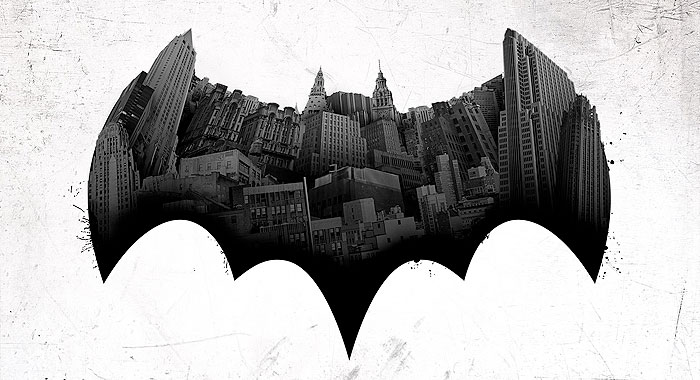
With Matt Reeves’s new Batman film on the horizon (starring Robert Pattinson), it is a perfect time to revisit previous versions of Bruce Wayne and Gotham City. While many versions of the characters are revered, like Christopher Nolan’s Trilogy (Batman Begins, The Dark Knight, and The Dark Knight Rises), the version of Bruce Wayne and Gotham City seen in Batman: The Telltale Series has gone completely under the radar of many fans and critics. Batman: The Telltale Series is an episodic video game series with its root in point and click adventures. The series was released in episodic form from 2016-2018, with 2 seasons that consisted of 5 episodes each season.
Unlike the combat heavy action Batman: Arkham video games, Batman: The Telltale Series involves simple input movements and quick time events for detective work and combat sequences. Additionally, Telltale’s series is firmly based in dialogue options and choice systems, where players have the ability to make decisions about what Bruce Wayne says and how he acts as Batman. Both seasons of the Telltale series allow the player to create their own version of Batman, complete with their own distinct moral code. The choices made by the player can alter the narrative, changing the relationships between key characters.
Perhaps due to the controversies surrounding Telltale Studios including “nonstop crunch culture, toxic management, and frustration from developers” which helped lead to the studio’s closure in 2018, the two seasons of Telltale’s game have generally been overlooked by many Batman fans (Farokhmanesh). This is disappointing as this distinct take on Batman is extremely intriguing and holds many qualities that future films and television shows could look to as an inspiration. While Telltale’s series included many classic characters like Commissioner Gordan, Harvey Dent, Harley Quinn, The Riddler and The Joker, the writers at Telltale made ambitious changes to the Batman mythology that helps the series stand out. These are four reasons that Batman: The Telltale Series was an intriguing and ambitious version of Gotham City.
This article contains spoilers for Batman: The Telltale Series.
The Telltale Series Made Bruce Wayne and Batman Equally Important
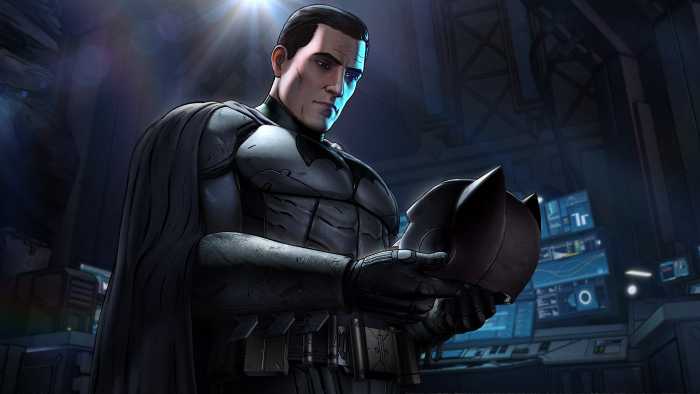
One way that Batman: The Telltale Series distinguishes itself from many other Batman films and video games is the developer’s effort to put equal focus on Bruce Wayne and Batman (voiced in both seasons by the excellent Troy Baker). The duality between Bruce Wayne and Batman is something that many films and video games struggle to balance. In particular, the Batman: Arkham games have very little focus on Bruce Wayne’s civilian identity, opting to focus almost exclusively on Bruce’s exploits within the Batsuit. In a review for Polygon, Susana Polo asserted that the balance between Bruce and Batman present a “tantalizing potential of a very different, story-first experience”. Both seasons of Telltale’s series give the player time to inhabit Bruce’s role as a business leader and public figure, along with his role as the caped crusader.
In the first season, Telltale focuses the story on the legacies of Thomas Wayne and Wayne Enterprise within Gotham City. Because of this, Bruce Wayne’s public identity is a critical part of the narrative. The relationship that Bruce has with key characters are also shaped by Bruce’s public and private life. Telltale made the decision to make Oswald Cobblepot a childhood friend of Bruce Wayne, which puts Bruce firmly in the cross hairs of a conspiracy to take Wayne Enterprises and leads to shocking revelations that force Bruce to question his own mission. Additionally, the relationship between Bruce Wayne and Harvey Dent is a key element of the narrative. As a key financial backer of Harvey Dent’s mayoral campaign, Bruce must navigate his support for Harvey amidst ugly PR scandals and shifting public opinion.
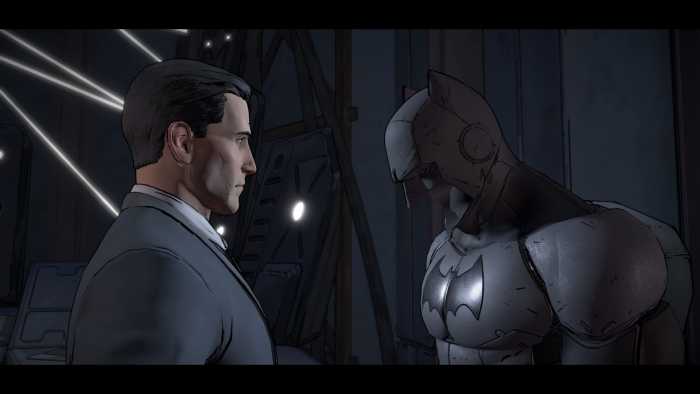
Furthermore, the first seasons gives the player several situations where they can choose to appeal to individuals as either Bruce Wayne or Batman. For example, the player can meet the corrupt Mayor Henry Hill as Batman or Bruce Wayne. While Batman can physically intimidate Mayor Hill into giving him information, it will hurt his standing with Gordon and the police department, who frown on the crude intimidation tactics. In contrast, Bruce Wayne can appeal to Hill with his wealth and influence, but Mayor Hills wants Bruce to stop funding Harvey Dent’s mayoral campaign in return for the information. Though it is not always perfectly executed, Telltale works had to demonstrate that both identities have upsides and downsides, which must be weighed and balanced thoughtfully.
The second season of Batman: The Telltale Series, known as “The Enemy Within” takes this concept a step further by forcing Bruce Wayne to go undercover in the criminal underworld, without the protection and anonymity of the Batsuit. In the final moments of the first episode, dubious government agent Amanda Waller reveals she is aware of Batman’s secret identity. and uses it to blackmail him. Waller forces Bruce to go undercover as a corrupt version of himself, working to gain the trust of enemies like Harley Quinn, Bane, and Mr. Freeze. This change to the usual Batman mythology disrupts the comfortable protection that the Batman persona usually provides Bruce. By forcing Bruce Wayne into the action, Telltale made Bruce’s gameplay segments incredibly tense, as Bruce has to balance maintaining his dangerous cover while also working to minimize casualties of the villains’ destructive urges.
The Telltale Series Demonstrates That A Fallible Batman Is More Engaging Than An Invincible One
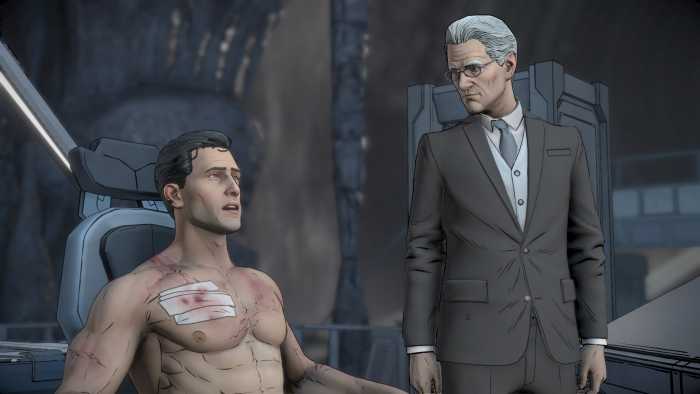
Throughout Batman’s eighty year history, portrayals of the character have often moved back and forth on a sliding scale of vulnerability and infallible. Some version of Batman are known for planning dozen contingencies and back up plans and for displays of almost super human level of preparation. In contrast, other comics and films depict a more fallible protagonist, one who struggles with morally nuanced decisions and complex detective work. Telltale’s Batman falls firmly into the second camp; a decision that helps define the complicated identity of its hero and its darker, more mature narrative.
Batman: The Telltale Series illustrates that Batman is often at his most engaging when he is forced to confront difficult, morally gray choices. In different segments of gameplay, the player may make choices that have unforeseen consequences later in the story. As Eric Kain points out in a Forbes.com review, many of the choice that the player makes as Batman relate to deciding “how violent your actions will be”. This fits perfectly into Telltale’s decision to create a more fallible hero. The series, which was rated Mature, is unafraid to depict more realistic blood and violence, something that many Batman films and video games have struggled with in the past. The player can decide to craft a grim Batman, one who brutalizes his enemies and rebuff the support of characters like Jim Gordan, Harvey Dent, and Catwoman. In contrast, the player can choose to tempered Batman’s violence to become a symbol of hope in Gotham, one that receives the benefit of doubt from the police and other allies.
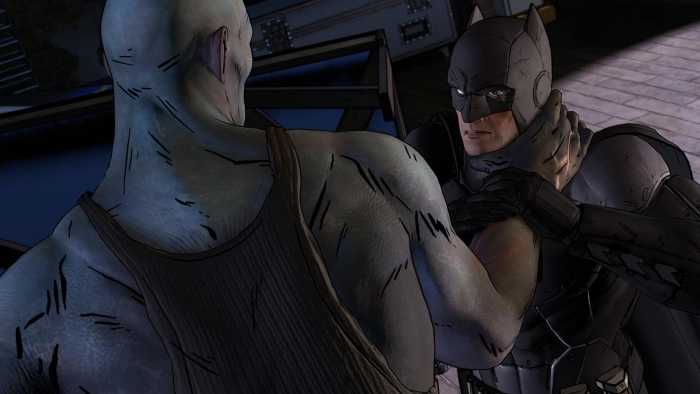
Season 2 continued to present difficult moral choices for Bruce Wayne/Batman. In Episode 1, The Riddler forces into a no win situation where Batman must make choices about safety of two groups of hostages. In this case, Batman is forced to choose between killing three government agents trapped in death traps against the slow torture of another agent by sonic blasts. It’s a harrowing sequence with no clear right answer, with both groups of agents pleading for the caped crusader to sacrifice them so their colleague will be safe. Riddler’s cruel conundrum is a dark crisis that demonstrate how difficult it can be to don the mantle of Batman.
Another key instance of Telltale depicting a fallible Bruce Wayne involves the undercover sequences with The Pact (Harley Quinn, Bane, and Mr, Freeze) in season 2. In certain situations, Bruce can defect attention about his suspicious activities to other characters, but these actions will often have consequences for those characters. The most significant example involves Bruce and Selena Kyle/Catwoman. In a tense moment that precedes a key assault on a secret medical lab, Bruce can admit to being the mole within Harley’s organization or he can stand silent as The Pact accuses Catwoman of treachery. If Bruce admits his role, he will jeopardize his role the larger mission to protect Gotham. In contrast, many players choose to have Bruce engage in a romantic relationship with Catwoman, so jeopardizing her safety is something many players are unwilling to do. If Bruce admits to being the mole, an entire section of gameplay will be skipped, with Bruce being incapacitated during the first part of Harley Quinn’s violent heist of a virus. If he is part of the team, he can minimize casualties and leave less of a bloodbath.
The Series Had Refreshing Takes On Classic Characters And Introduced An Ambitious New Villain
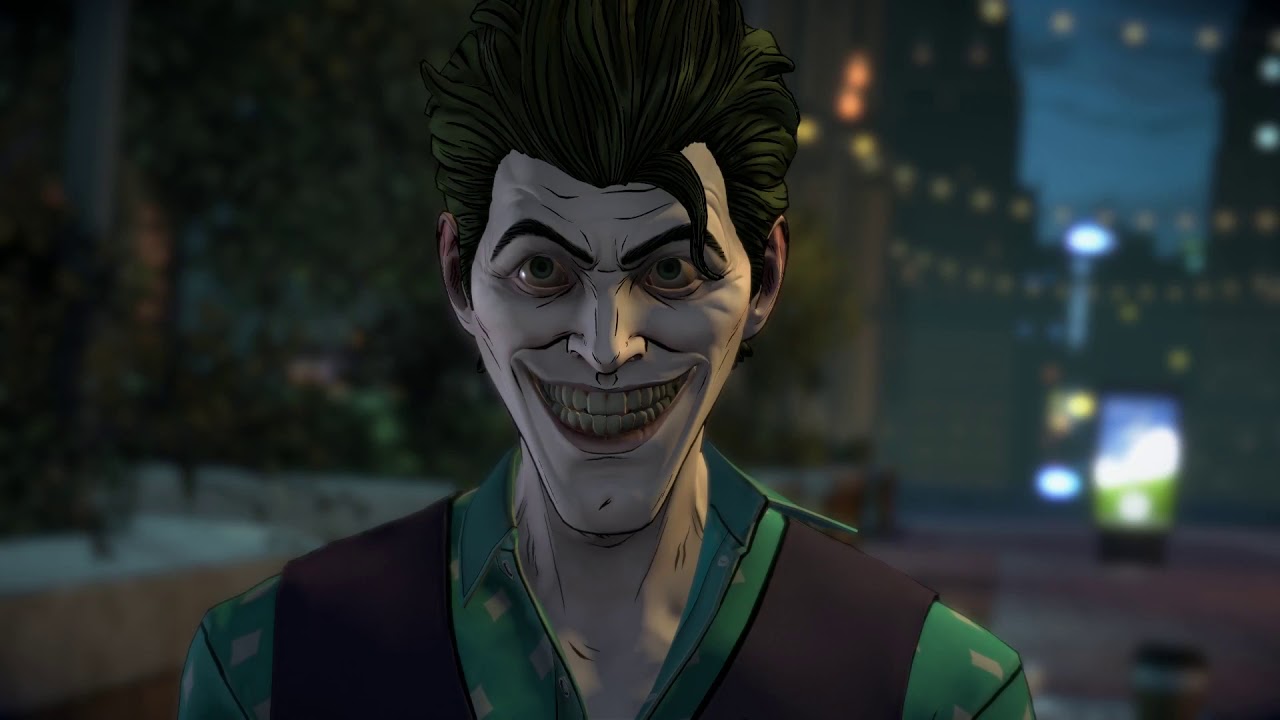
Batman: The Telltale Series includes several iconic villain across its two seasons. Despite the familiar nature of these villains, the writers and designers at Telltale often shake up the established mythology around these villains. In Season 1, the pudgy crime lord Oswald Cobblepot (Penguin) is re-imagined as a childhood friend of Bruce Wayne who returns to Gotham looking for restitution and revenge. Mob boss Carmine Falcone maintained a fairly traditional role, until the revelation that he controlled the city’s crime underworld with Thomas Wayne’s support. Harvey Dent/Two Face plays key role as a longtime friend and ally for Bruce Wayne and then as an enemy. Despite, the traditional implementation of Harvey Dent, Susana Polo of Polygon asserts that conclusion of Bruce and Harvey’s story is as “moving as some of the best versions of Two-Face’s origin story out there”.
Season 1’s brand new villain, Lady Arkham (a character created for Batman: The Telltale Series) is a huge highlight of season 1. The character, whose identity is revealed in a stunning plot twist, serves as a clear foil to both Bruce Wayne and Batman. Lady Arkham was also praised for her character traits and design because she is a female character whose “sexual and romantic appeal to Batman (or one of his top rogues) is not her primary character attribute” (Polo). Twisted by her childhood traumas and Gotham’s corruption, Lady Arkham believes she is doing what is necessary to purge Gotham of corruption. She serves as a complete and nuanced antagonist for Bruce Wayne, engaging with both forms of his identity.
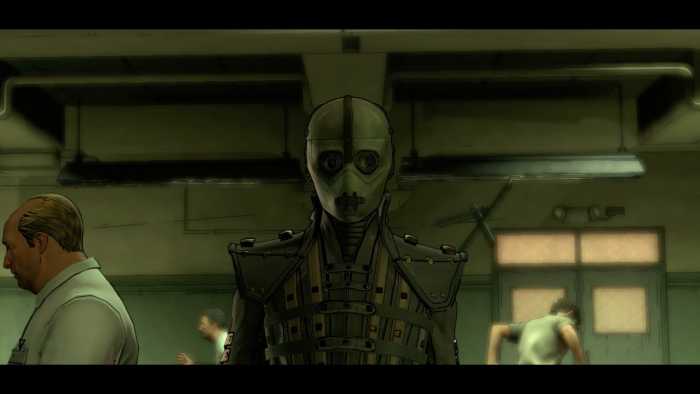
Season 2 includes a large rogues gallery of familiar foes with unfamiliar attributes. The Telltale version of Harley Quinn is one of the notable characters to receive changes to her origins story and identity. While some versions of Harley Quinn are slavishly obsessed with The Joker, The Telltale Harley Quinn spends much of the second season manipulating John Doe/the Joker and other villain like Bane and Mr. Freeze. Additionally, in this version of Gotham City, Harley Quinn is a fully formed character prior to the birth of the Joker, which grants her more autonomy and a clearer identity than some comics versions.
The Riddler was another character who Telltale made ambitious changes to. The brilliant villain was given a savage redesign that represented one of the cruelest versions of the character ever seen. Tortured and experimented on by “The Agency”, a black ops government agency, Telltale’s Riddler is a savage foe who is accustomed to violence and cruelty. Armed with clever death machines, Riddler returns to Gotham to destroy his enemies and punish the Agency. His conflicts with Batman involves tests of morality, culminating with a trial that forces Batman to balance the lives of three caged agents against the life of their colleague Iman Avesta (which was previously discussed in Section 2 of this article).
Lastly, John Doe, the man who becomes the Joker, plays an intruiging role in both Season 1 and 2. First revealed in Episode of 4 of Season 1 in a mostly standalone arc, the character gained prominence in season 2. The precarious and often twisted relationship between Bruce and John plays a huge role in defining the narrative of Season 2. Bruce can choose to support and encourage John, or rebuff and deny him. There is a precarious balance between helping John and manipulating him to achieve Bruce’s goals. The decisions made by the player with John Doe can lead to the character to being Bruce’s greatest enemy or a confused vigilante who worships Batman. Regardless of who John Doe becomes, the emotional connection between Bruce and John added an intriguing wrinkle to the Batman/Joker dynamic, potentially making Bruce intimately responsible for the creation of his ultimate nemesis.
Both Seasons of Batman Telltale Balance Multiple Enemies Well
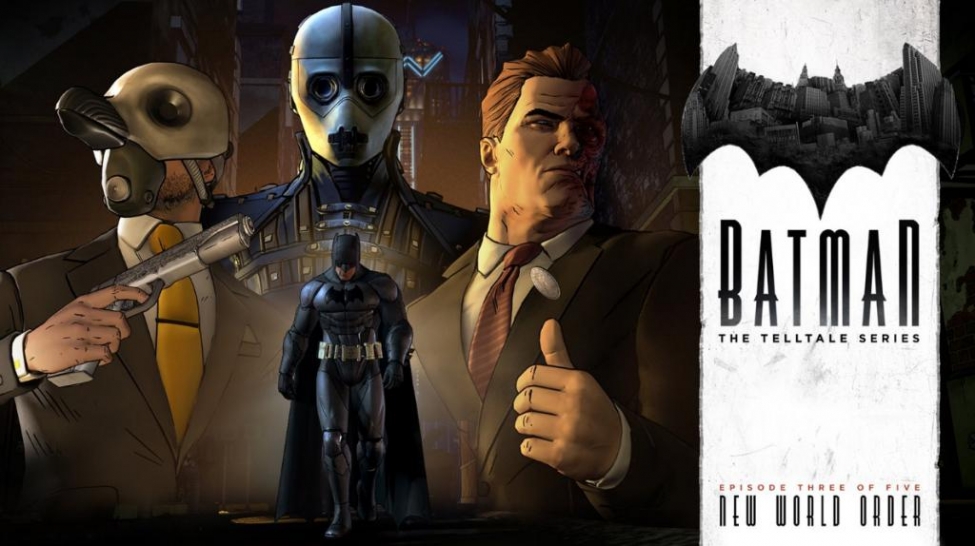
Another excellent quality of Batman: The Telltale Series is the way the each season balances multiple villains over the course of its runtime. Telltale’s narrative structure and progression demonstrates the multiple villains can work if they are implemented clearly and carefully. The choice to use multiple villains makes the Telltale series feel more like a comic than a film. Some the best Batman comics deal with multiple villains such as Batman: The Long Halloween and Batman: Hush.
In Season 1, Oswald Cobblepot, Lady Arkham and Two Face all play key roles as villains within the series. The overarching narrative works well because Lady Arkham serves as the puppet master, pulling The Penguins strings throughout the story. These two foes are key villains that Batman must confront throughout the story. In contrast, Two Face serves as a key antagonist that Bruce must confront without his cape and cowl and Harvey serves as a rival to the other villains. The rich cast of characters helps to flesh out world of Gotham and each villain fits into a certain aspect of Bruce’s dual personalities.
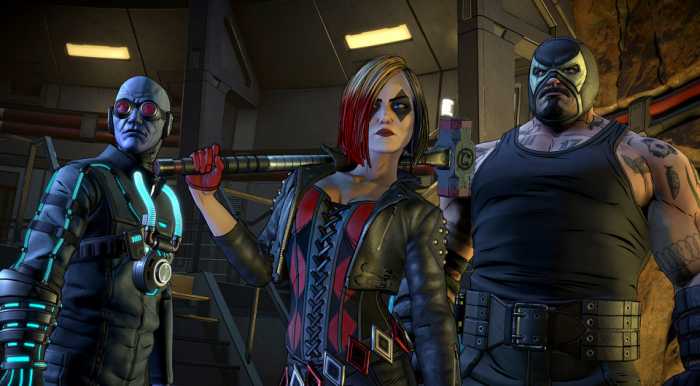
While Season 2’s arc is less refined and more messy than season 1’s story line, it still functions fairly well despite its large cast. The Riddler serves as the introductory villain before his sudden death in Episode 1, he is acts as a teaser villain that sets up much of the action in Episode 2. In Episode 2 and 3, Harley Quinn plays the role of puppet master, manipulating Bane, Mr. Freeze, and John Doe as her plan progresses. Only near the end of the season, does John Doe/The Joker become the central and most significant villain.
The mix of villains is a great way to keep the story fresh and exciting as fans of Batman will be eager to see how classic villains are interpreted in this version of Gotham. In a review for IGN.com, Alanah Pearce asserted that the series benefits from having ” a constantly evolving, largely unpredictable story”. Telltale cleverly spaces out the introductions of villains, with the first episode usually only focusing on one key villain, who serves as a kind of introductory foe. As each season’s story progresses into Episode Two and beyond, more villains are added to the mix, complicating the story lines. This approach is a simple way to ground the player in Batman’s world without overwhelming the player with too many characters in the first episode of each season.
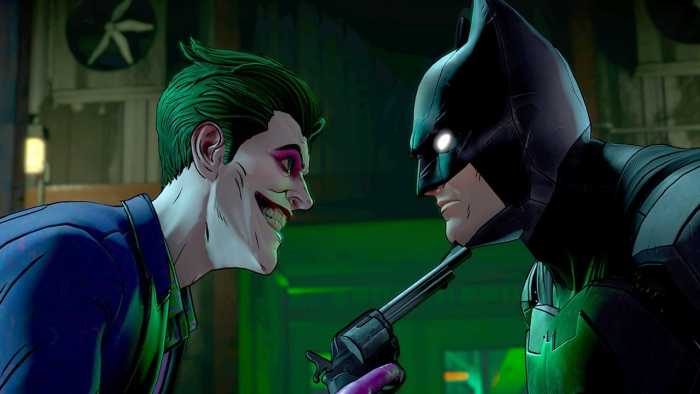
Batman: The Telltale Series provides an unique take on the Batman mythology. Telltale’s story focused approach created a game that was distinct from previous iterations of the character. While the game’s pacing, overall game design and gameplay are not perfect, it is well worth the player’s time to experience the excellent narratives that unfold in both seasons.
In terms of a future for Batman: The Telltale Series, it seems that a Season 3 is highly unlikely. While LCG Entertainment purchased Telltale in 2019 including the “studio’s key assets, trademarks, technology, and select intellectual properties”, it is unlikely that a direct follow up will be created (Takahashi). According to Dean Takahashi from Venture Beat, the immediate future of Telltale will likely relate with “rereleasing some of the games from the studio’s back catalog”. This is a disappointment for those who finished Season 2 because it was an excellent ending that proves to be emotional and dramatic, while also leaving room for a follow up. Fans of the series will likely be left wondering what direction a potential season 3 could have taken, without ever receiving a satisfying answer.
Regardless of the future of Telltale, Batman: The Telltale Series stands one of the most intriguing and ambitious versions of Gotham City across films, games, and television. Telltale honors much of the established Batman mythology but also brought its own ideas to the world of Gotham. The gritty, mature design and storytelling create a world full of fascinating character that Batman fans will love to inhabit, ally with, and battle against.
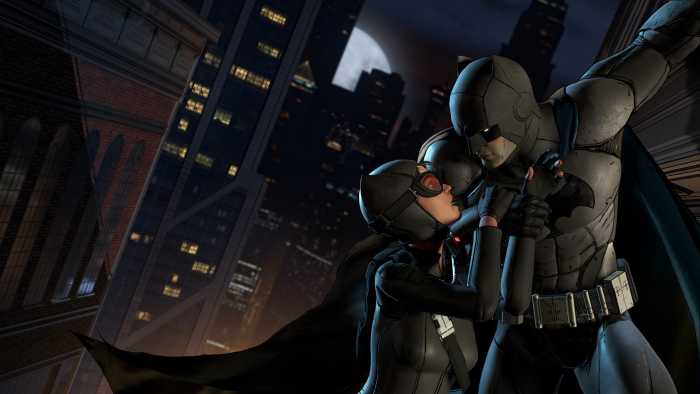
Work Cited
Farokhmanesh, Megan. “The Tragic End of Telltale Games.” The Verge, The Verge, 4 Oct. 2018, www.theverge.com/2018/10/4/17934166/telltale-games-studio-closed-layoffs-end-the-walking-dead.
Kain, Erik. “’Batman’ Review: Telltale Spins A Provocative New Story.” Forbes, Forbes Magazine, 6 Aug. 2016, www.forbes.com/sites/games/2016/08/06/batman-review-telltale-spins-a-provocative-new-story/#2bb2770d34d5.
Pearce, Alanah. “Batman: The Telltale Series Episode 5: City of Light Review.” IGN, www.ign.com/articles/2016/12/13/batman-the-telltale-series-episode-5-city-of-light-review.
Polo, Susana. “Batman: The Telltale Series Review.” Polygon, 2 Aug. 2016, www.polygon.com/2016/8/2/12347266/batman-the-telltale-series-review-pc-ps4-xbox-one.
Takahashi, Dean. “LCG Entertainment Game Veterans Buy Telltale Games.” VentureBeat, VentureBeat, 28 Aug. 2019, venturebeat.com/2019/08/28/lcg-entertainment-game-veterans-buy-telltale-games/.
What do you think? Leave a comment.





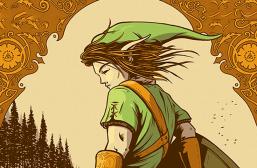


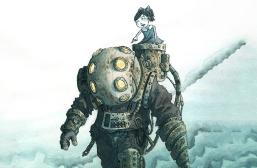


I’d be more likely to play Batman: The Telltale Series than Arkham Asylum because of the premise and overall look. That is, if I had the equipment and know-how to actually play a video game.
I believe that the retooling of the Wayne legacy was amazing.. The reveal that Thomas was in fact a mobster was amazing.. And Seeing how Bruce had to accept it was amazing. I would love to see the story of Thomas and Martha’s struggles fleshed out and the effect on Bruce..
Thomas Wayne’s corruption was my favorite element of Telltale’s take on the Batman mythos. It completely recontextualizes Bruce’s motivations and mission. He’s not only trying to redeem himself, but his entire family.
One of the best versions of the Joker in all of Batman media imo.
For as good as they did the Bruce/Selina relationship in the first game, I felt the exact opposite about Enemy Within, really let down in by that aspect in the 2nd game. Felt like we were back to square one with them when she shows up and their whole arc came down to just 2 decisions and even if you went all in with her it didn’t matter by the end.
Wish these games offered more choices that mattered.
One thing that Season 2, The Enemy Within, does right is the character of John Doe/Joker by actually making him a character and giving him his own personality instead of the Joker we all know
There are three things in this game that continue to stick out to me:
1. While the Arkham games are incredibly realistic and cinematic, the Telltale series feels like you’re going through a comic, which I love.
2. Harvey essentially becomes Two Face regardless of whether or not his face actually gets scarred, it shows that he has psychological issues with or without the physical scarring.
3. I love that they held off on going straight to the Joker. The Arkham games were guilty of making the Joker the forefront of everything when he really didn’t need to be, so having him in this as what’s essentially an extended cameo before he even becomes a villain was such a breath of fresh air.
This game makes me feel like batman and Bruce Wayne more than the Arkham games ever did.
I think that that is a consequence of Batman becoming less of an overman.
I loved this Telltale Series. Its my favourite so far. Batman in here feels like the Batman in the comics. He’s my favourite superhero.
This scratches a completely different itch than the Arkham games, and I’m really loving it.
Good read. I don’t understand why, but I tend to lose interest with episodic games after one or two episodes.
I actually don’t mind the episodic format with Telltale’s games, mostly because I think the gameplay in them is generally annoying and I wouldn’t want to have to play ten hours or more over the space of a few days. Small, two hour increments spaced out month to month are fine, though.
The only time it becomes a problem is when they can’t meet their deadlines and you get two to three months between episodes and start to forget everything that happened in the previous episode.
I enjoyed reading your analysis. This isn’t closely related, but video games that belong to large franchises, like Batman, always make me wonder about who is playing them. Do people who aren’t fans of the films find enjoyment in these kinds of games? Do you have to have knowledge of past iterations of the franchise to enjoy a game like this?
Personally, I’d never heard of this game before, but I would guess that comes from my own standpoint of being wholly unacquainted with the franchise.
I enjoy Telltale, but Batman was horrible.
I love Telltale games, but I just wish that they would do away with the popular franchises (Batman, Game of Thrones, Minecraft, etc) and create exactly what theyve been doing in the past but with franchises from graphic novels that the majority have never heard of before.
Just finished the first episode, and I have to say, I loved it. It has a great feel for Batman, and playing as Bruce Wayne, and feeling the need to act more as him, was excellent.
Also, some positvely great lines.
“You know you can bleed to death without ever spilling a drop. All on the inside.”
Thanks Bats, I’m borrowing that.
Also…
Joker is totally going to show up, right? Can it be Hamill, please? If only for the metaness of Baker’s Batman vs. Hamill’s joker.
It’s not a Hamill Joker, but I feel the voice actor Anthony Ingruber does a great job with his character when he arrives in the story. He really makes it his own.
One of the things I loved about the experience was the way you can handle the dialogues. I mean I was wisecracking Bruce during conversations with most of the people, but serious badass when I was speaking to Fox, Selina and Alfred. I love it, nothing else made me feel as Batman to that extent.
The game does a lot of things well. I think the writing is excellent and the main twist did indeed take me by surprise, although there are a few big plotholes. Not going to go into spoilers, but certain characters basically have it spelled out to them who Batman is, yet they don’t make the connection. There’s also a huge plot hole with two of the main characters and it’s never addressed. That being said the voice acting is super solid and I loved everyone for the most part.
Great graphics for the most part, being more Bruce Wayne centric than most other Batman iterations, and interesting changes to the rouges gallery, however, the dialog in this game is terrible in many places, like really really bad. Alfred says the whole “gift and curse” line twice, which just shows a lack of quality control when it comes to the writing. The last episode is nearly unplayable. There is no closure between any villain except Lady Arkham who is just ok as a villian. The Joker is just crammed in and even the short interactions with him are cheaply not concluded. The cliffhanger is weak AF.
I really want a season 3 for Batman telltale.
I didn’t really like this batman game and i have always really like batman, but i didn’t like a lot of the things they did with this story. The first thing i didn’t like was the cobblepot and wayne family history, and penguines take over. The second thing i didn’t like was two-face’s origin story and love triangle they had going on. Also another thing is im all for bruce and selina hooking up, but they end walking right through her front door in an apartment building in full disguise, and you mean to tell me nobody saw batman and catwoman walk into that apartment and not ask selina questions about that later like “that was obviously you in the catsuit but how did you meet batman and who is he. There is a reason why batman has the secret batcave with secret entrances and diguises himself, its because he wants to cover his tracks, and in this instance he is not doing a very good job at that.
This series is so amazing because it gives us this amazing alternate universe with all these different portrayals of our favorite characters. To me it’s nearly flawless, especially The Enemy Within.
I really like the way they portrayed the villains in it. John Doe/ Joker could turn into a monster or a more brutal Batman, Harley was a jealous and cruel woman who slaughtered anyone who got in her way, Bane was a brutal force that crushed his opposition, Freeze was intelligent, the Riddler was cunning and smart and in the middle was Bruce and Batman. This is just my opinion however.
They made Harvey Dent such a good character in this game. I loved the way they did his character. The fact that in episode 5, you get the chance to reason with him, and, if you make all the right choices, he tries to kill himself to stop himself, was a moment that actually got a tear out of me. It was heartbreaking seeing this slightly dickish, pompous dude who thought of Bruce as a friend, break down completely and lose it. In my game he was scarred by Cobblepot because I chose to save Selina, which makes more sense in the long run, as to how he turns out. I went after him first when given the option of him and the cop lady (which may have resulted in me getting a glitch where she was invisible for some reason in the aftermath of her shootout), and it was quite obvious that he would become two face.
The problem with telltale is that big events that cement characters as who they are never change depending on the actions you take beforehand. Two Face becomes the monster in pretty much the same way regardless of your actions.
The only organic way to experience his transformation in a way that makes sense for the character is to save Selina. Otherwise, the Two face personailty and the puns about his fate feel empty. Other than that, he is such a great character.
One thing I could never get behind was Vicki Vale being a villain. I guess since I grew up with comics, movies and shows with her as one of the people on Bruce’s side, I just can’t see her as a bad guy. It’s kinda like when they made Gordon the villain in Gotham by Gaslight.
I really like the Selena and Bruce relationship but when I first played, I didn’t save Selena instead I saved Harvey because I think that’s what Bruce would do because Harvey said he would clean up Gotham and I like that it throws a wrench in Bruce and Selena’s relationship. But for Aesthetic reasons it’s better if you have Harvey burned.
This series quenched my thirst for Batman and Catwoman romance.
Gordon was great in this game. I’d love to see a 3rd but doubt we ever will unless someone starts publishing their IPs again.
I loved the Bruce and Selina stuff.
Playing a telltale game and basing your choices off “what would this character do” defeats the entire purpose to me. We KNOW what Batman would do. But your him now so what would YOU do. I personally think that’s the point of telltale games. They throw you so deeply into the character you control that it’s hard to NOT make your own decisions. Batman is my favorite comic. I’m a religious fan but when I played I couldn’t help but think “I don’t give a fuck about what Bruce would do. I… AM… BATMAN!”… js
I really loved Telltales Batman season 1 & 2 especially the relationship between Catwoman and Batman. When I played the game I really prioritised the relationship their relationship over every other one during my play-through and replays.
I played for like 30 mins on the PS4 yesterday, and FPS was below 30 more than half of that time, which is pretty unacceptable with visuals like that.
I’ll play it because it’s a Batman game and I’m pretty sure that Telltale is going to create a good story, but jesus christ, please kill this shitty engine in your next game. It’s time to move on, really.
This game actually uses their new story engine…
This is the main reason why I’ve stopped playing these games after TWD. That and the illusion of choice.
Been a fan of Telltale for many years now, and I really loved this first episode!
Definitely one of the most underrated Batman games. Actually pretty good.
I really like how political this first season is and grounded, tackling a lot of great issues and characterisation but even though I really like it did not fulfil to some of its ideas. Episode 4 and 5 just dropped off a lot of issues the previous episodes discussed and I wish Penguin and the Lady arkham were more sympathetic, everything was there for them to be, their backstories and origin stories are really tragic and incredible but in the game they just come off as way too cartoony.
I enjoyed the Bruce Wayne voice acting, and yah the graphics were excellent, my only real big complaint was at the end it felt like the choices you made didn’t really affect the ending outcome all that much.
I really love this game but my biggest complaint would be that sometimes it feels like in the dialogue the characters speak a little too literally. It’s very clear to see the intentions of certain characters when they just lay everything all out for you.
Batman telltale is my favorite Batman video game!
I love catwoman in this game series, its my favorite interpretation of her, and my biggest problem with the series is that it makes no sense that very few people figure out bruce’s identity with how much he is involved. the whole world should know at this point
It’s a really solid game, and I like the mythology changes…it lets them go in an interesting direction.
Season 1 is probably my second favorite Batman game behind Arkham Asylum.
I’m a huge fan of Tell Tale in general, and I adore Batman. To see them meld together so flawlessly was a huge treat. It’s sad we’ll likely never see a real conclusion (although The Wolf Among Us is getting a season 2 so never say never) but the characterizations and detective work in this game are so good.
This version of the Batman tale includes my favourite Bruce Wayne to date, one that might even be more interesting than the great bat detective himself. The series really showcases the path of both identities as “masks”, as apprised to one being true. Giving Bruce the more active role as a detective, along with re-envisioning villains to lead different goals are two key factors in what made this an exciting experience for me. The Wolf Among Us is still my favourite though and the series I’m more invested in seeing a sequel for.
The Telltale series really took a good spin into Batman in video games and as you elaborated, mostly balanced the two personas Bruce/Batman which is often in conflict. I think that really opened up a lot of potential to where the story went and I especially loved the involvement of Thomas Wayne with Gotham underground. You expounded it very well. The arcs centralized on the player’s choices as Bruce/Batman, making it a very engaging and effective game. I do wish it was followed through.
Very well said!